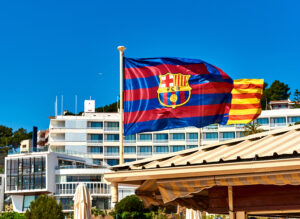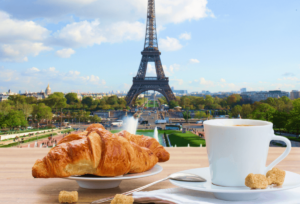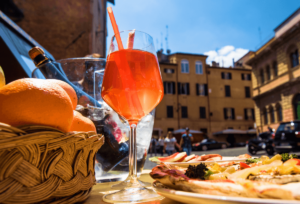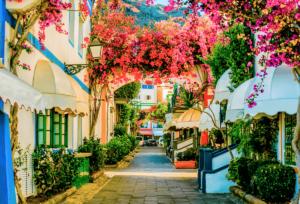If you listen to the old joke, the British Empire must have been created because we were desperately searching for a decent meal. Well, the Empire is gone and so is this musty, stale image of the nation—especially in energetic, vibrant London, where local markets have never been more popular, a wide-ranging multicultural community brings new flavours to every neighbourhood, and street corners seem to sprout new pop-up eateries as quickly as Shoreditch can find space for them!
A “full English” is still a beloved national symbol, the crisp-edged fried eggs and hot grilled tomatoes steaming on the plate, surrounded by bangers, bacon, and a pool of tinned Heinz beans. The ubiquitous (and to many foreigners, befuddling) toast rack will always have a place on British table, and unappealingly nicknamed “brown sauce” will always be tucked in a cupboard. This is a land of traditions, after all.
But London is where so many newcomers to the United Kingdom make their homes that it would be impossible for this staid image to stay put forever. You can’t walk through the city without running into a market showcasing not only domestic fruit and veg, but also small local businesses selling bagels, pastries, cheese, preserves, and more. Borough Market is the best-known, but you can brave the crowds at multicultural Camden Lock, meet the farmers at Broadway Market, or stop by any of the multitude of outdoor shopping experience open daily in the city. More than just grocery stops, these are hubs for street food, artisan products, and experimental goodies.
Street food is one of the city’s richest treasures at the moment. Young people are finding London to be an attractive city to live and work, and the central districts have become jammed with folks trying to nab a quick lunch in the afternoon. Food carts have really filled this niche need, meaning that small businesses are finding customers and City workers can eat affordable, creative food.
London is rightly known as an expensive travel destination, and for good reason. The recession, however, has made many business owners aware of just how tight budgets are these days, and put many of London’s finer establishments within the reach of everyday eaters with fixed-price menus, lunch specials, and exclusive offers to loyal customers. It is now possible to eat at restaurants such as Alain Ducasse’s Michelin-starred dining room at The Dorchester for £55 for three courses—putting fine dining finally within reach.
The internationalism of London has become a defining feature of this city’s culinary scene, with more than curry representing non-English tastes on the menu. Even the restaurant chains bare this trend out, with well-known chains such as Wasabi, Yo! Sushi, and Itsu providing reliably fresh Japanese food, and Wahaca, Benito’s Hat, and Chilango serving up delicious takes on Mexican food—once as rare as a lunar eclipse in these parts. And independent restaurants such as Lockhart, near Marble Arch, are taking on niche classics like Cajun cuisine.
It’s safe to say that London is no longer a provincial town of pub food and ale (though let’s be honest, the Brits still do that brilliantly). So the next time you’re wondering where you’ll be able to track down bubble and squeak for brekkie, affordable haute cuisine for lunch, and kim chee for supper, might we recommend London? Just leave your stale “English food” quips at home.






